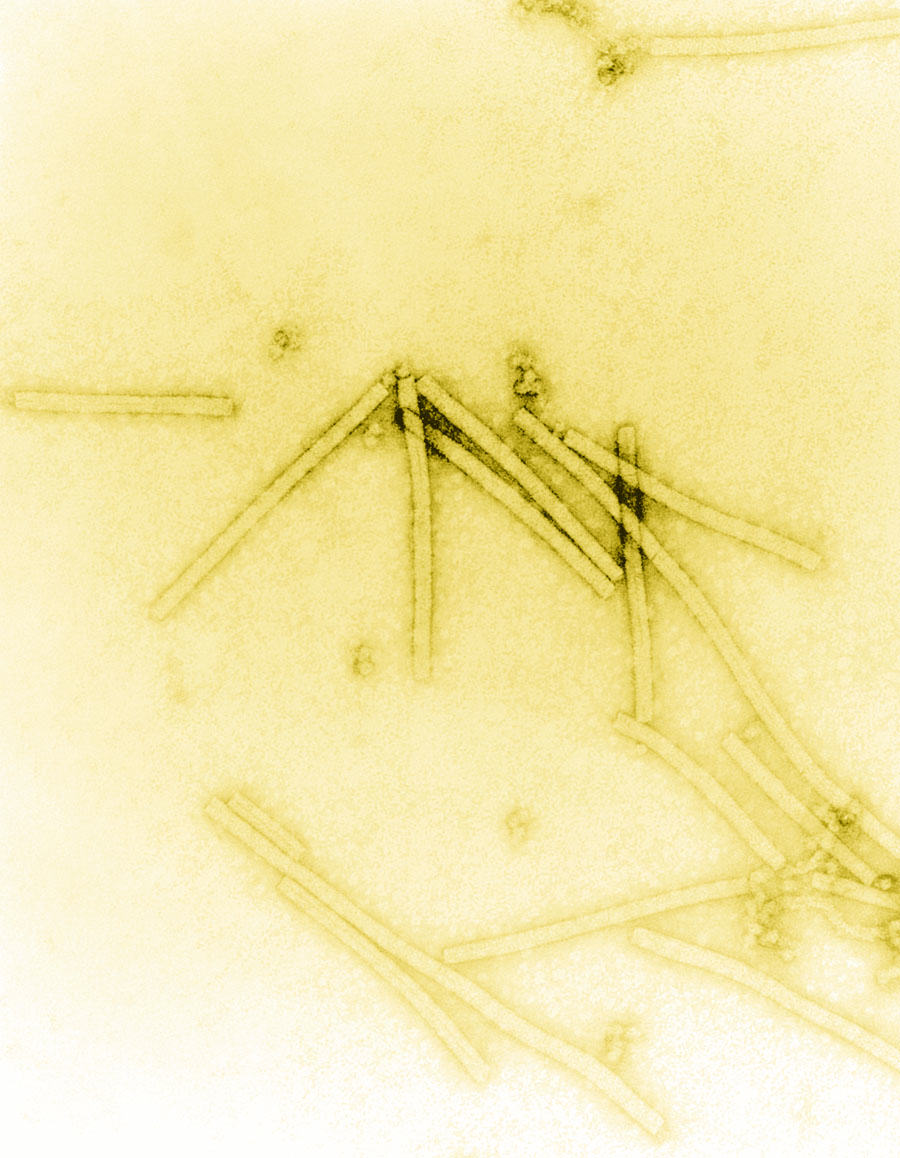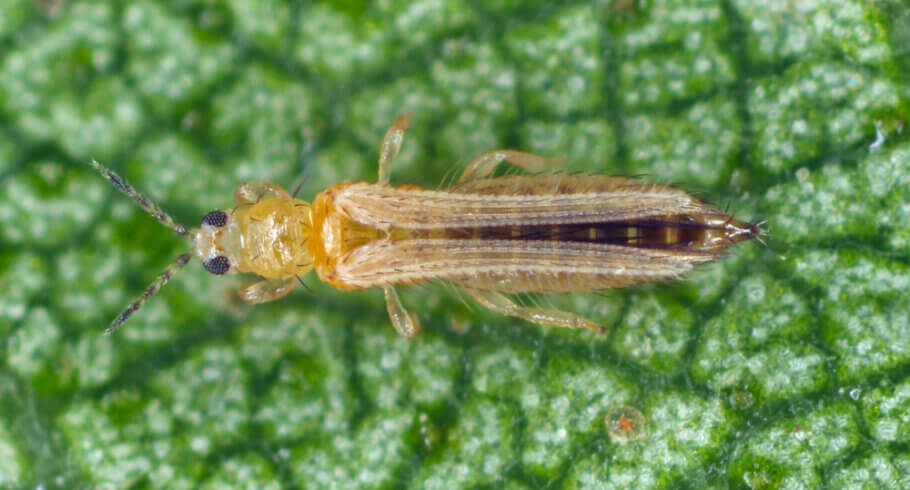
What are viruses?
The origins of viruses are still unclear. We can find three main theories explaining their origins and evolution: the Regressive hypothesis - viruses were once small cells that parasite larger cells that lost part of their genetic material over time - the Cellular origin hypothesis - viruses would have formed from bits of DNA or RNA coming from larger organisms - and the Coevolution hypothesis - viruses would come from protein molecules and nucleic acid.
Basically, plant viruses are intracellular parasites that can't replicate without a host (cell). We know much less about plant viruses than we do about their animal counterparts. We know about few viruses which attack cannabis plants, although they can quickly devastate a crop. One of these viruses is the Tobacco mosaic virus (TMV), the first virus ever discovered; the disease was first identified by Adolf Mayer in 1886. In 1898, Martinus Beijerinck replicated Dimitri Ivanovsky's (1892) experiments and used the term of "virus" to indicate that the cause of tobacco mosaic disease was not bacteria.
Most of the plant viruses we know are specific for certain species, which means they need certain types of host cells to replicate, thus being limited to a few host species. Still, there are several viruses that can attack a vast range of species, which are the most aggressive ones.















